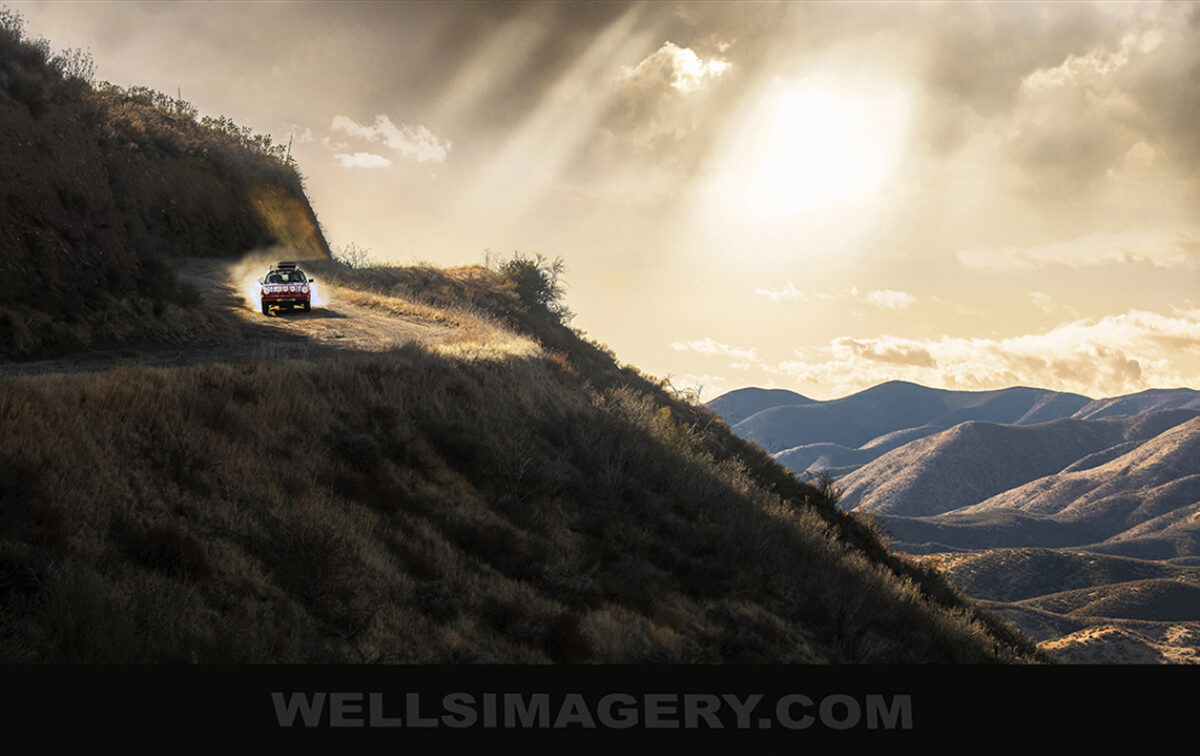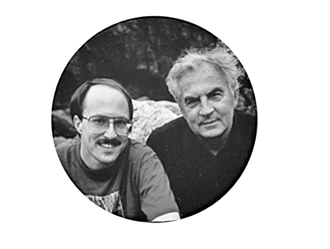MENTORSHIP
A forum thread got me thinking about mentorship. Much of what I’ve learned in my career has to do with my being lucky enough to have two amazing photographers/teachers as mentors. I am deeply indebted to them for helping to guide me on my journey: Ernst Haas, whom I studied with in Japan in 1984, and Sam Abell, whose Santa Fe Photographic Workshops I attended in 1992 and 1993.
Ernst Haas:
“The limitations of your photography are in yourself, for what we see is only what we are. You must be totally yourself, or you will see with someone else’s eyes.â€
“In every artist there is poetry. In every human being there is the poetic element. We know, we feel, we believe. As knowers, we are like the scientist, relating through logical determination. As feelers, we are like poets, relating the unrelated through intuition. As believers, we are only accepting our human limitations.â€
“You become things, you become an atmosphere, and if you become it, which means you incorporate it within you, you can also give it back. You can put this feeling into a picture. A painter can do it. And a musician can do it and I think a photographer can do that too and that I would call the dreaming with open eyes.â€
Sam Abell:
“My best work is often almost unconscious and occurs ahead of my ability to understand it.â€
“But there is more to a fine photograph than information. We are also seeking to present an image that arouses the curiosity of the viewer or that, best of all, provokes the viewer to think–to ask a question or simply to gaze in thoughtful wonder. We know that photographs inform people. We also know that photographs move people. The photograph that does both is the one we want to see and make. It is the kind of picture that makes you want to pick up your own camera again and go to work.â€
“Photographs that transcend but do not deny their literal situation appeal to me.â€
“You know you are seeing such a photograph if you say to yourself, ‘I could have taken that picture. I’ve seen such a scene before, but never like that.’ It is the kind of photography that relies for its strengths not on special equipment or effects but on the intensity of the photographer’s seeing. It is the kind of photography in which the raw materials–light, space, and shape–are arranged in a meaningful and even universal way that gives grace to ordinary objects.â€
(Photograph of Randy & Ernst Haas by Arthur Meyerson, 1984)

